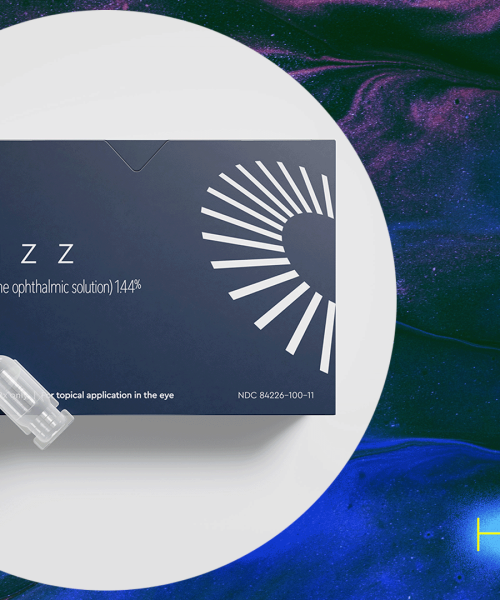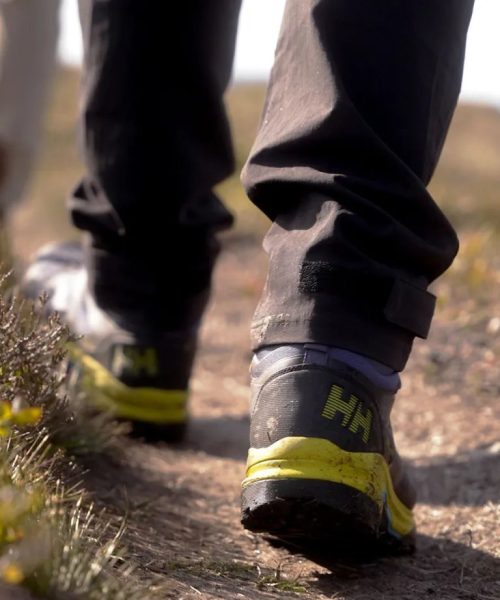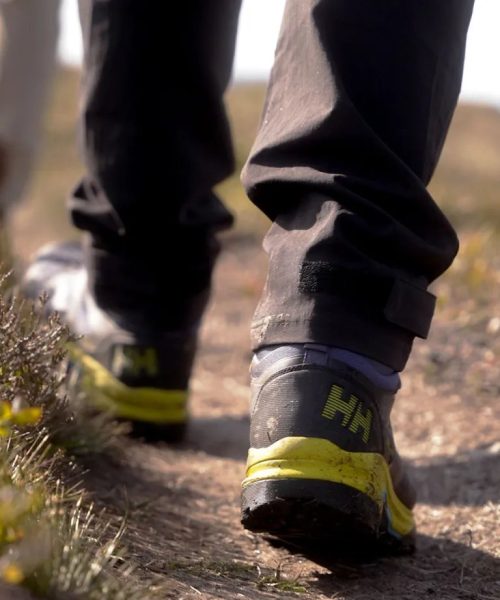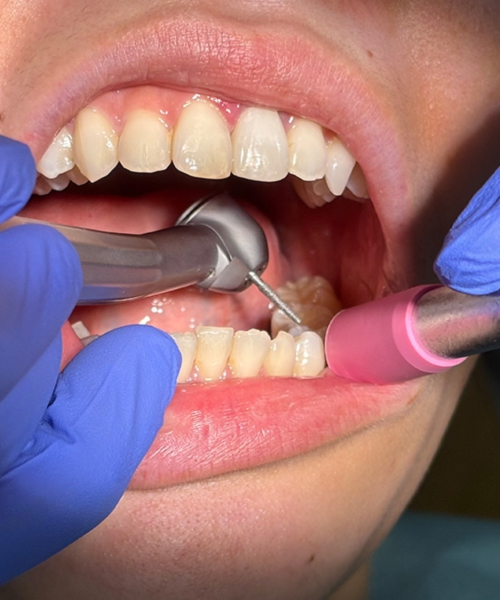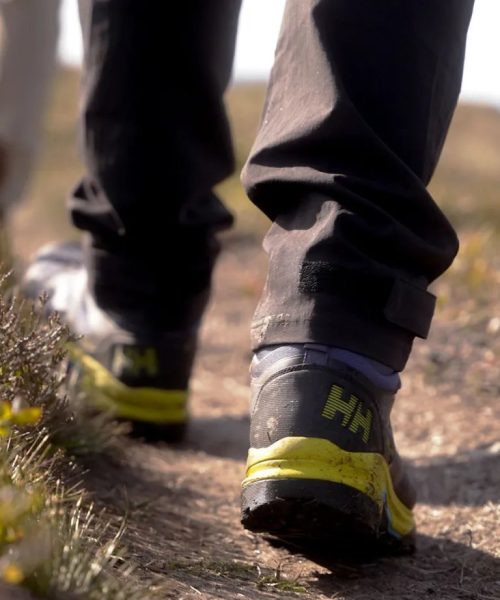Mosquitoes may have just met their match: A prescription drug already used to treat a rare genetic disease in humans can make a person’s blood poisonous to insecticide-resistant, malaria-carrying mosquitoes. New research published on July 31, 2025, in Parasites & Vectors found that the same drug, nitisinone, can even kill mosquitoes that simply land on a surface sprayed with the chemical.
The findings could open up new avenues to stop the spread of diseases like malaria and dengue, especially as more mosquito populations evolve to become resistant to traditional prevention methods. Whether people will willingly offer their bodies as mosquito blood bait, though, remains less clear.
“This study demonstrates that nitisinone exhibits a novel mode of action distinct from current [insecticides] by specifically targeting blood digestion processes,” the researchers write.
Toxic blood
Nitisinone is a pharmaceutical drug derived from a toxin naturally found in the Australian bottlebrush plant. Initially intended for use as an herbicide, the drug targets a nonessential amino acid called tyrosine, which plays an important role in producing and regulating hormones. Research in the late 20th century discovered that nitisinone was also effective in treating tyrosinemia type I and alkaptonuria, two rare genetic disorders that impair the body’s ability to metabolize tyrosine. The FDA approved the drug in 2002 to treat those suffering from these conditions.
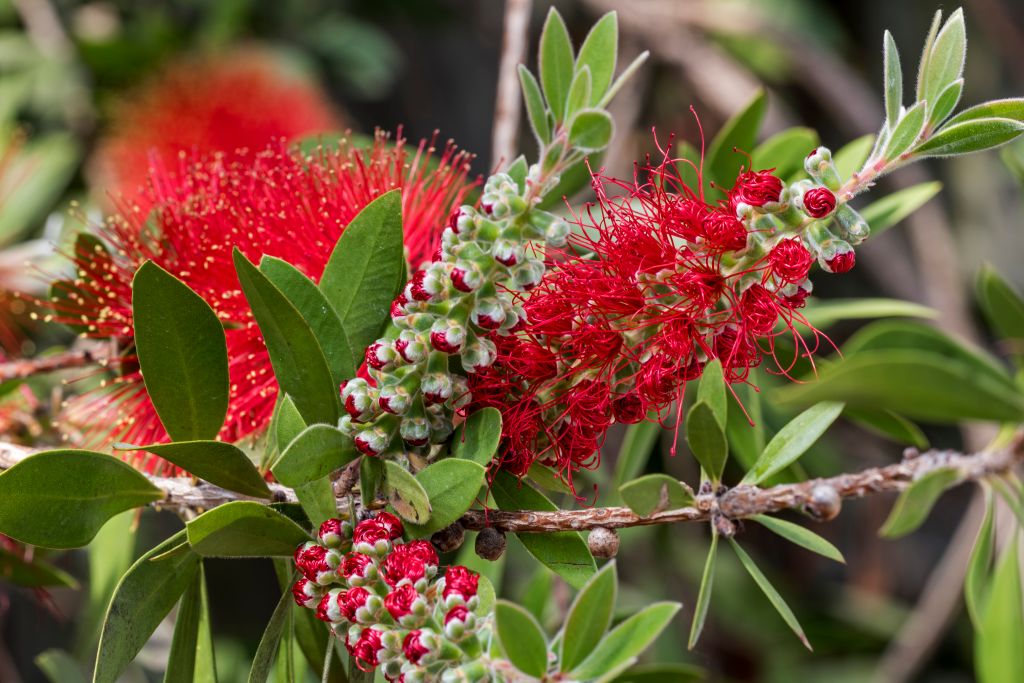
But the same process that helps humans metabolize tyrosine also acts as a kind of amino acid sabotage to blood-sucking mosquitoes. Earlier this year, researchers writing in Science Translational Medicine found that mosquitoes that fed on the blood of humans taking nitisinone died within several hours of their meal. And while patients typically take nitisinone in relatively high doses, the researchers found that the toxic effect on mosquitoes occurs even when the drug is taken in substantially lower amounts.
The poisoning process blocks an enzyme mosquitoes need to process proteins and amino acids in blood. Introducing nitisinone disrupts their “bloodmeal digestion” and effectively clogs the mosquitoes’ digestive system. In other words, the drug takes mosquitoes’ ability to convert protein from human blood—and turns it against them.
But the new findings in the Parasites & Vectors study suggest this same poisoning process could also work without having to administer nitisinone to humans. In their tests, researchers exposed several mosquito species to surfaces treated with nitisinone and four other HPPD inhibitors, both before and after the insects fed on a blood sample. According to the study, the mosquitoes absorbed nitisinone through their feet.
Over the course of several hours, nitisinone had similar poisoning effects on mosquitoes as it did on those that drank the treated blood. In every case, exposure to nitisinone caused paralysis. All of the affected mosquitoes also darkened in color. While researchers are confident the process works, they still aren’t exactly sure why. It remains unclear how nitisinone is absorbed through the mosquitoes’ feet or why the other three similar drugs didn’t produce the same deadly results.
“This project proved how important it is to think outside the box,” paper senior author and Honorary Research Fellow at LSTM Lee Haines said in a statement.
A new tool to fight resistant skeeters
As anyone who’s tried—and failed—to mosquito-proof their yard with bug spray knows, it doesn’t always work. And that’s not just a matter of user error: Insecticide-resistant mosquito variants are becoming increasingly common around the world. Some studies suggest that mosquitoes capable of surviving prolonged exposure to current insecticides make up as much as 30 percent of the population. Research from the World Health Organization estimates that mosquitoes resistant to at least one insecticide have been detected in over 90 percent of countries where malaria is considered endemic. That’s a troubling trend, especially considering malaria still infects an estimated 263 million people every year, nearly 600,000 of which end up dying from it.
Related Mosquito Stories
The nitisinone findings offer an encouraging sign that effective alternatives for controlling mosquito populations may already exist. Evidence that mere exposure to surfaces treated with the drug is an effective skeeter killer suggests nitisinone could potentially be applied to nets or other bedding materials as an alternative to traditional insecticides.
“Working with a drug like nitisinone, and its versatility, bodes well for creating new products to combat mosquitoes,” Haines said. “The fact that it effectively kills insecticide-resistant mosquitoes could be a game-changer in areas where resistance to current insecticides is causing public health interventions to fail.”
Humans certainly aren’t lacking in creativity when it comes to killing mosquitoes. Genetically modified mosquitoes designed only to produce male offspring have been released in certain parts of the U.S. with the hopes that they will reduce overall populations. In Hawaii, the firm Drone Amplified recently dropped dozens of biodegradable, lab grown mosquito pods over forest areas in effort to combat the area’s invasive mosquito population. More recently, scientists in China released cannibal “elephant mosquitos” that are intended to eat the larvae of their smaller cousins capable of carrying dengue.
Those more extravagant solutions aren’t always necessary though. In the future, households looking to keep the buzzing at bay might simply be able to rub so nitisinone on their screens.


